Learn
Immigration
When Mill Jobs Brought Immigrants
When the textile mills of Lewiston saw a sharp rise in production beginning in the 1860s, the workforce was small and jobs aplenty. Migrant workers from the French-influenced regions of Canada—specifically Quebec and New Brunswick—came to the region in droves to fill the jobs. Many of these hard-working, eager French Canadians never meant to stay in America, but with jobs, money, and new-found hope, came permanent settlement. These people, rich in their French Canadian heritage, became known as Franco-Americans.
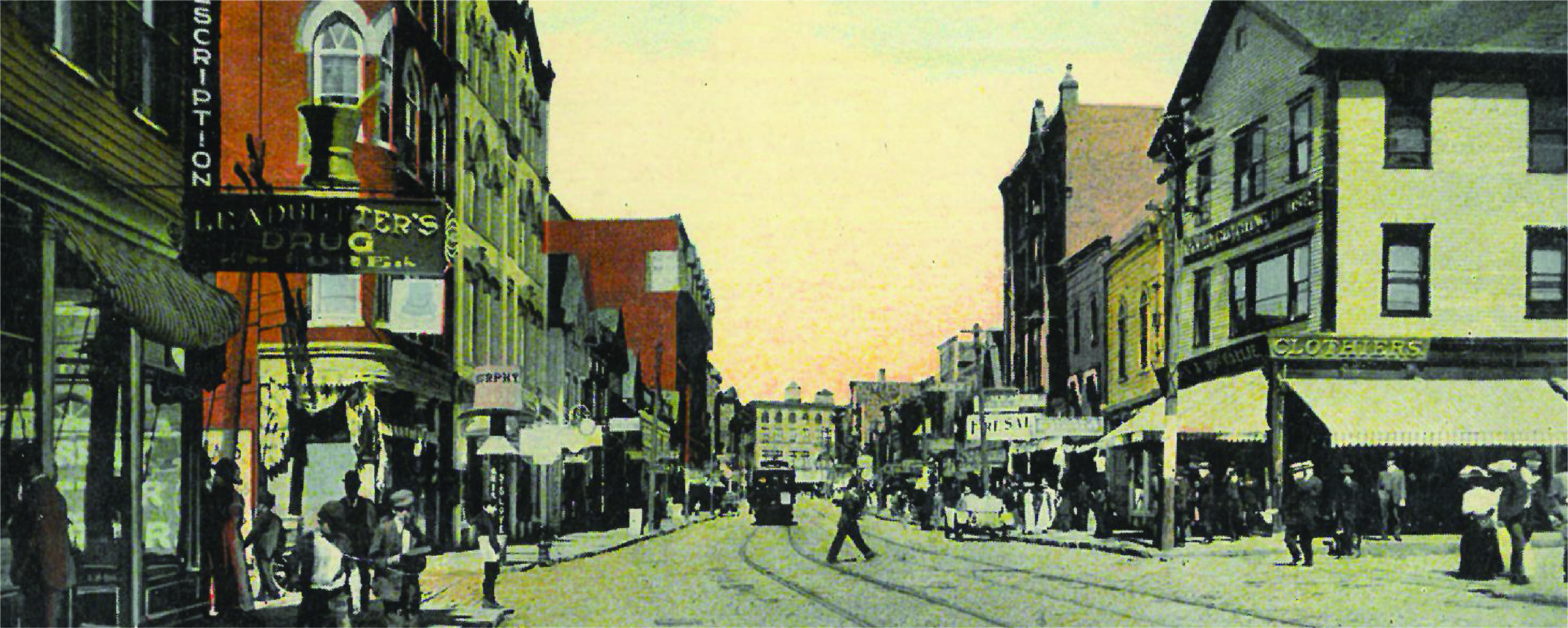
The second largest group to arrive in Lewiston and Auburn were the Irish. Having first come for construction work, after the explosion of mill jobs, they came in force. Fleeing their country due to years of a brutal and deadly famine, the work in mills and in local construction provided promise and hope to otherwise dim and desperate futures. Crossing the Atlantic to find freedom from hunger was a small price to pay to survive. Sadly, the power of propaganda began to work against them before many even arrived. Newspapers, the prime source of news stories, described Irish neighborhoods as “dirty” and painted the picture of an unsavory crew. While similar negativity was levied at the Franco-Americans, the Irish carried a heavy burden to overcome this negative image.
Proud Cultural Identities
Both of these groups—the Irish and the French Canadians— held firmly to their identities, religion, language, tradition and heritage.
In the late 1800s through the mid 1900s, the Franco-Americans largely dominated the neighborhood known as “Little Canada” in Lewiston, Maine. There, French-speaking Catholic families shared traditions and raised their children much like they would in Canada. But, as it goes with many immigrant groups, there was huge pressure levied by society to break down their cultural heritage. In 1892, Maine enacted a law that required a literacy test for French speaking citizens. In order to vote, they had to be able to read Maine’s Constitution in English. In 1919, schools banned speaking French in the classroom, punishing those who did. Interestingly enough, French is now a second language studied in the classroom. Anti-Catholic sentiment was high, often scaring many French Canadians away from their faith. Promoting this sentiment was the Klu Klux Klan, a hate group that has been present across the US for years, but which had an alarmingly high membership in Maine in the early 1900s.
Even with pressure to “Americanize,” Francos held tight to their traditions and familiar groups. Many families lived in multi-generational homes. Celebrations were rich in tradition. Music was celebrated with songs about Canada. In 1880, Le Messager, a French-language newspaper, began printing in Lewiston for the French speaking Francos, further knitting together the community through the news media. Little Canada only began to disintegrate in the 1960s as the baby boomers began, as they did across all of America, to move away from culturally-based community groups and into suburban neighborhoods.
Like the Francos, the Irish lived together in close neighborhoods. Many were illiterate and worked at brutally hard jobs, but it was better than a life back in a land with famine. Also similar to the Francos, good Irish Catholic families were large and often 10 or 12 children needed to be fed. Child labor was not uncommon because there just wasn’t enough money to feed all the children who would otherwise be at school.
The Irish were the butt of jokes and discrimination. Employers would often reject an applicant if he or she were Irish, with posts that read “Irish Need Not Apply.” Newspapers described their neighborhoods as dirty and unruly and added to the unfair image of the Irish.
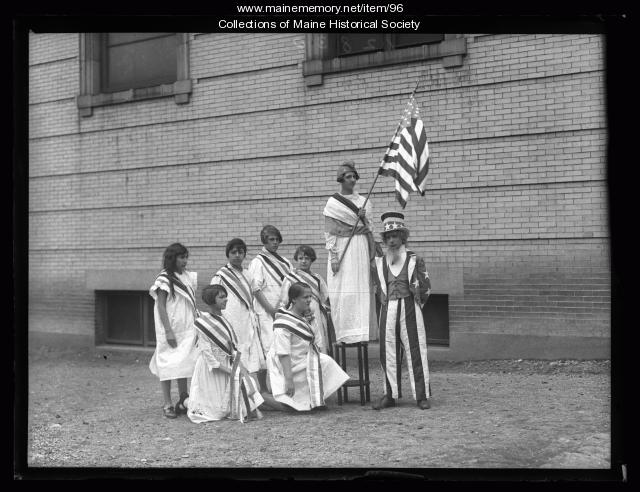
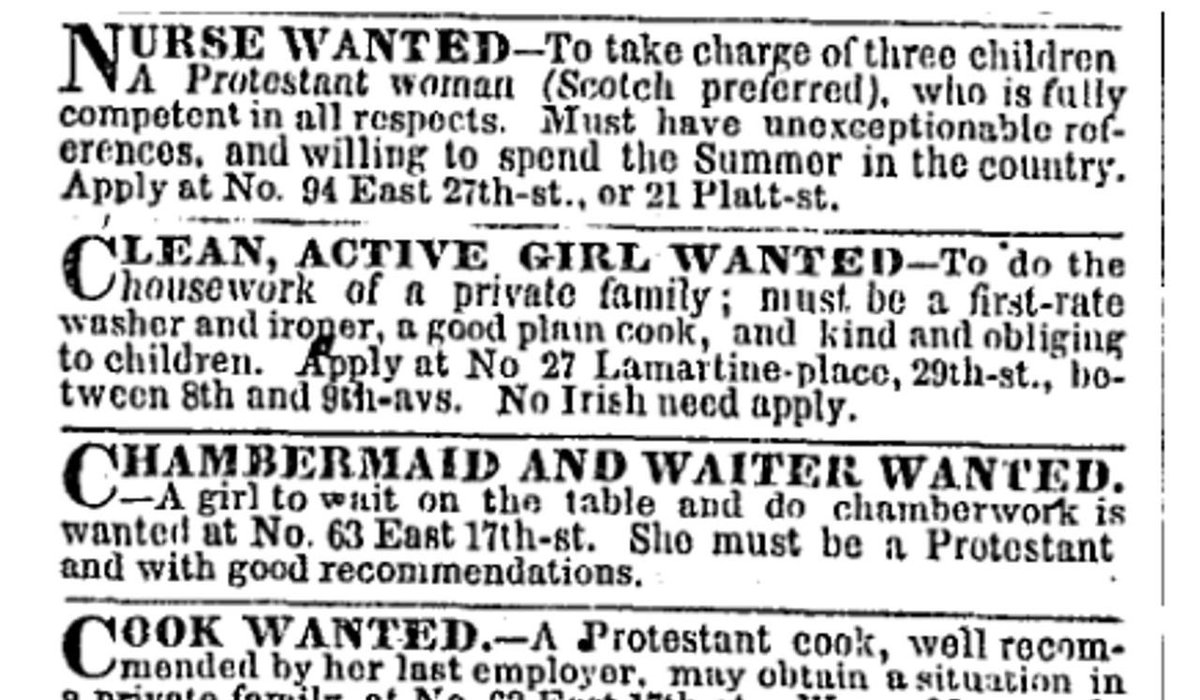
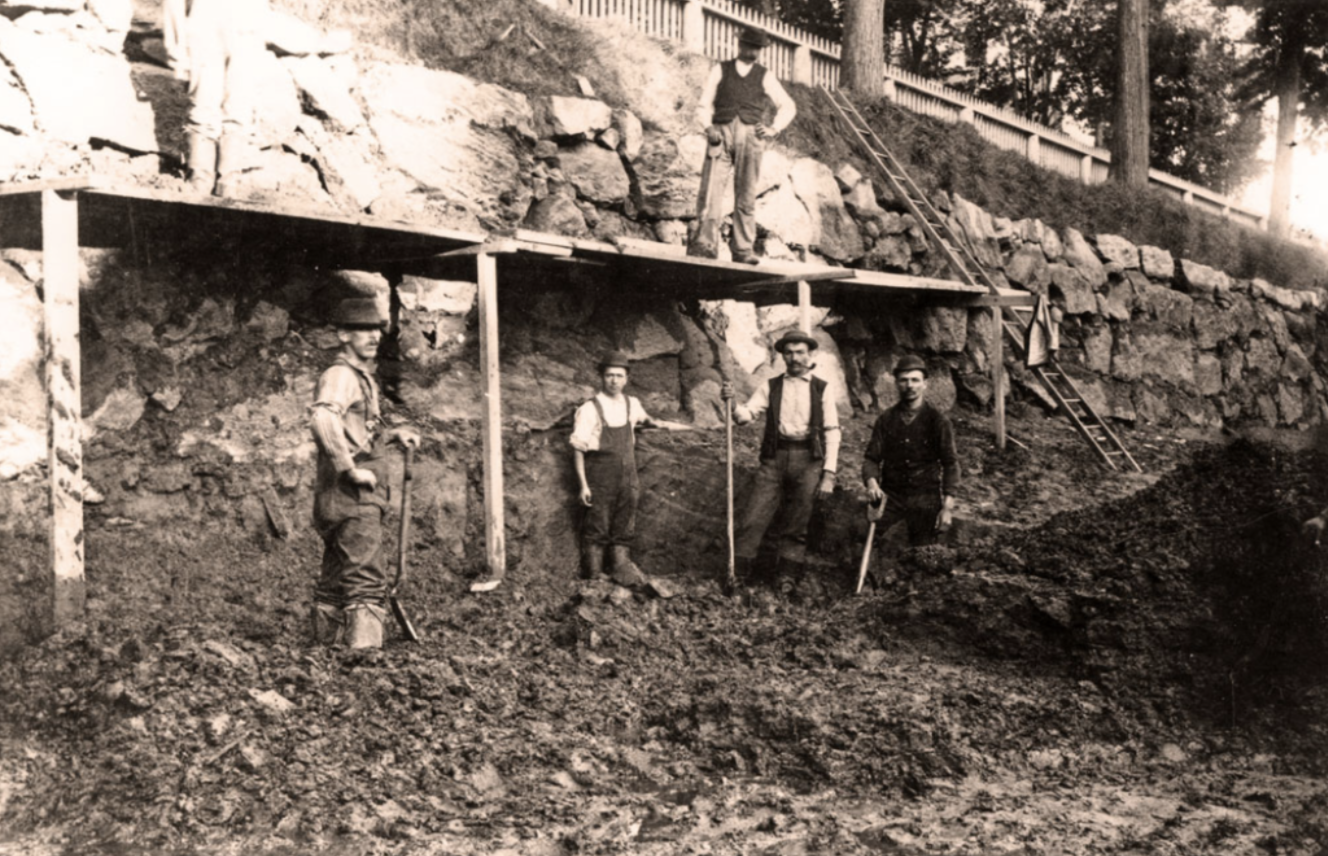
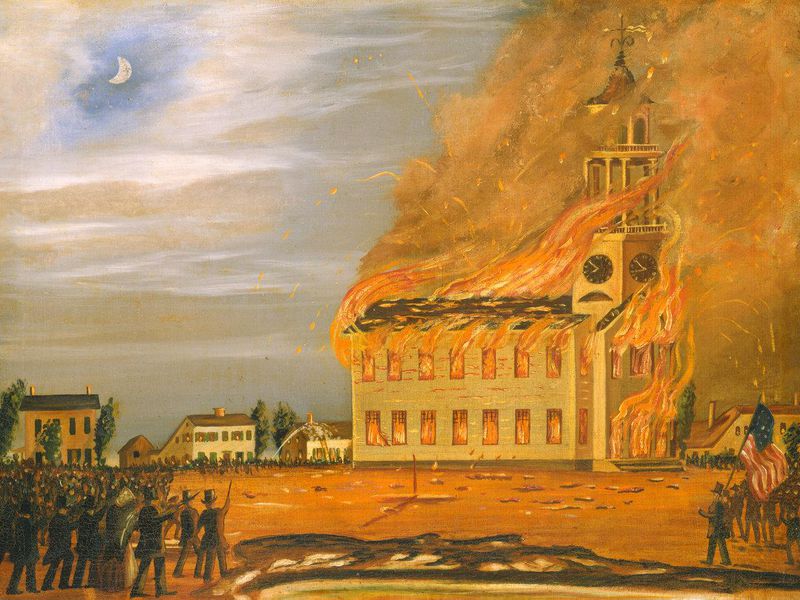
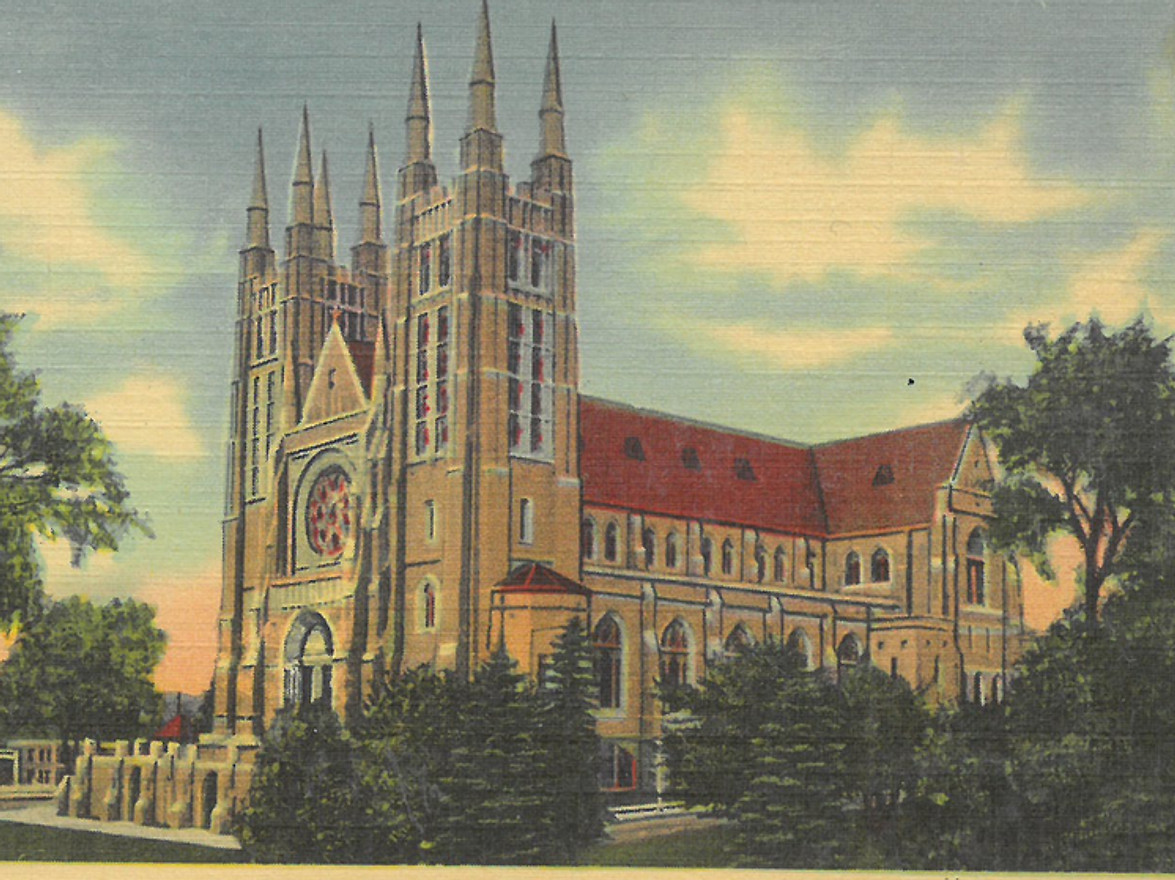
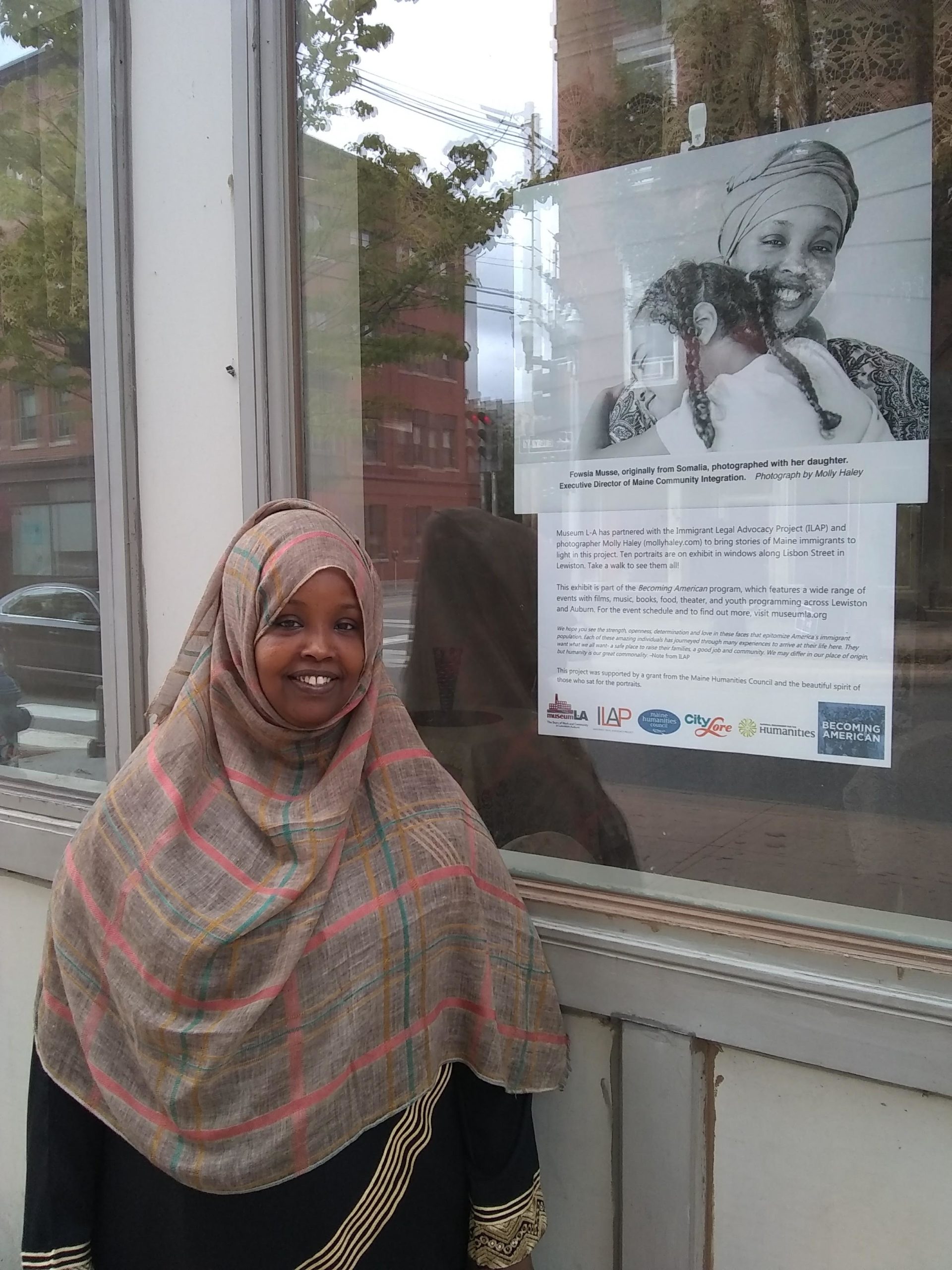
Religion, Immigrants & American Sentiment
The founding of America was a result of those seeking religious freedom, therefore we might conclude that Americans always welcomed immigrants of all religious backgrounds. While neither the French Canadians nor the Irish came here for religious freedom — but instead for work and the promise of improved finances — these Catholics found the “land of the free” did not bring religious tolerance. Interestingly, while sharing one faith, these two groups did not seem themselves as united through religion.
The anti-Catholic sentiment of the time was at full-throttle, largely driven by Protestant leaders who viewed Catholicism as anti-American culture. Anti-Catholic riots occurred in Maine in the early 1800s, culminating in 1854 in Bath, Maine with the tarring and feathering of a Catholic priest. While the negativity was palpable, these persevering people held their religious identity. As the French arrived, there became a need for a French-speaking priest. At first, mass was held in the basement of Saint Joseph’s Church. Over time, funding and need enabled the construction of Saints Peter and Paul Church, now known as the Basilica of Saints Peter and Paul. Today, it still offers mass in French.
In 2001, Lewiston saw a new infusion of immigrants: Somalian refugees. With a limited number of available jobs, vacant mills beginning to decay, and few young families moving in, this group was the catalyst for change and for turning around the local economy. The mayor, Laurier Raymond, in 2002 pleaded for the refugees to stop coming as the concern as to how to support them was high. Surprising many, the Somalians became the key catalyst for economic growth and not, as Raymond feared, a drain on the city’s social services. These immigrants opened new businesses and offered jobs. The community saw crime decrease, and the previously predominantly white city took on a new look. But, just as with other immigrants, religious tolerance was tested. As most are followers of the Muslim faith, some of these nearly 7,000 new immigrants have experienced pushback and discrimination focused on their religious beliefs.

